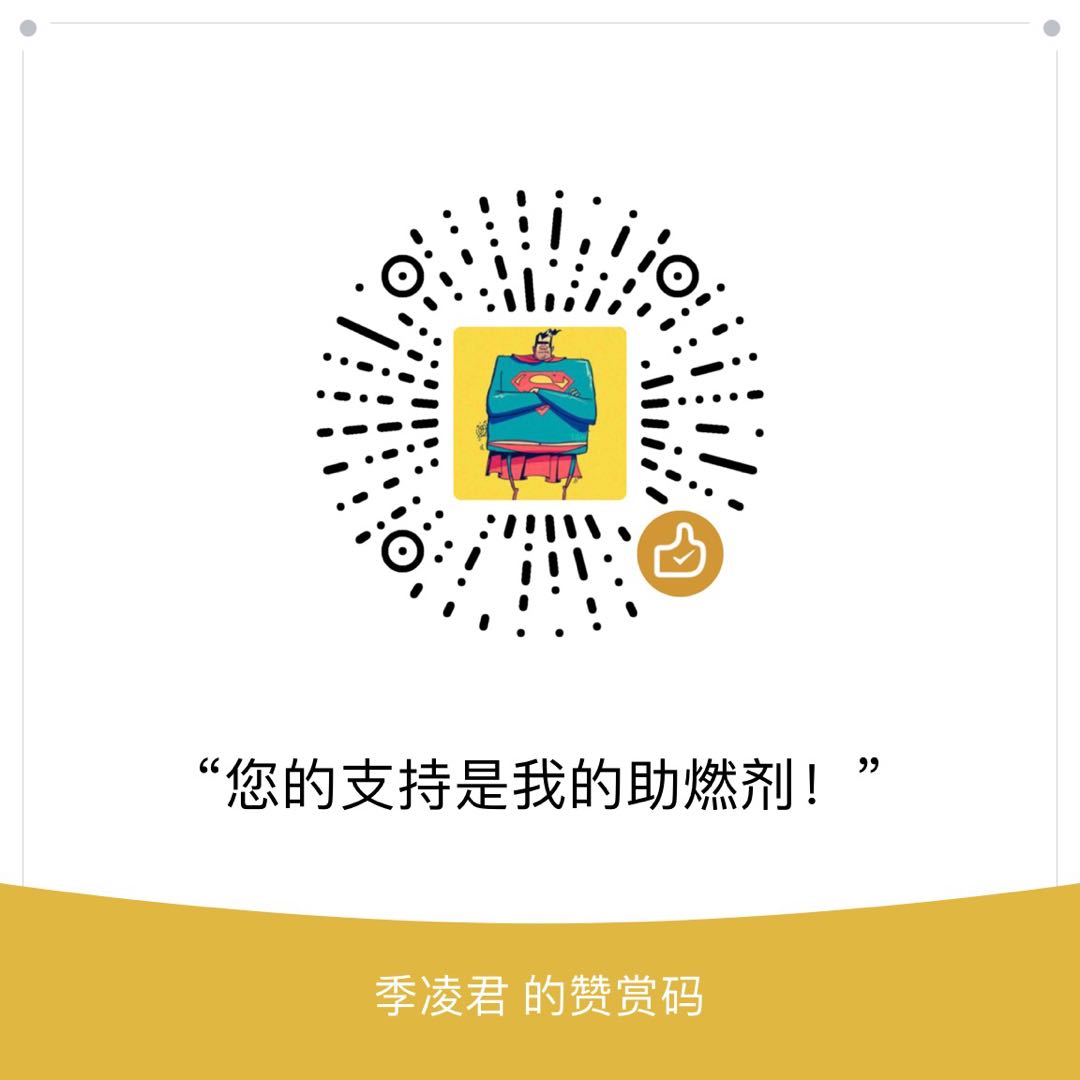Swagger注解说明
- 环境:swagger 2.7.0
前言
使用swagger也有一段时间了,对于注解还是很混乱,这里做个记录,方便后续查阅。
注解
swagger的注解都在swagger-annotations中,当前版本总共27个注解。
1 | <dependency> |
现在逐一查看各个注解及使用。
@Api
作用于class或interface上(推荐定义在接口上),说明该接口的作用。
1 | @Api(tags = {"数据接口"}, description = "推荐系统") |
效果:

@ApiOperation
作用于方法上
1 | @ApiOperation(value = "查询用户行为", notes = "查询用户行为数据") |
效果:

@ApiImplicitParams和@ApiImplicitParam(不建议使用)
作用于方法上,但是不建议使用(原因:This is the only way to define parameters when using Servlets or other non-JAX-RS* environments),建议使用@ApiParam
1 | @ApiOperation(value = "查询用户", notes = "查询用户信息") |
name:参数名称,即下图的Parameter列
value:参数描述,即下图的Description列
paramType:参数类型,这里支持5种query,body,path,form,header,这里常用query和body。
body表示该参数为json。
paramType:参数数据类型,目前只支持基本数据类型,int,float,long等
效果:

@ApiParam
作用于方法和参数上(只有一个参数时可以在方法上使用,但通常都会有多个参数,所以建议在参数上使用)
1 | @ApiOperation(value = "查询用户", notes = "查询用户信息") |
name:参数名称,即下图的Parameter列
value:参数描述,即下图的Description列
type:参数数据类型,即下图的Data Type列。可以忽略,swagger会根据SpringMVC中的注解(RequestParam,RequestBody)自动匹配参数类型(Parameter Type列)和参数数据类型(Data Type列)。如下图,参数使用@RequestParam,则Parameter Type为query,Data Type为对应参数类型;
参数使用@RequestBody,则Parameter Type为body,Data Type为对应参数类型;

效果:

@ApiResponses和@ApiResponse
作用于方法上,一般用于描述错误的响应信息。@ApiResponses用户描述一组错误响应。@ApiResponse用户描述具体的错误响应。
1 | @ApiOperation(value = "查询用户", notes = "查询用户信息") |
- code:返回码,对应HTTP Status Code列
- message:返回码描述,对应Reason列
- response:返回值类型,对应Response Model列
- responseHeaders:返回值头信息,使用@ResponseHeader对返回值头的描述
- name:响应头名称
- description:响应头描述
- response:响应头返回值类型
使用@ApiResponse时,如果同时使用response属性和responseHeaders属性,responseHeaders会失效(已测试)。另外,使用responseHeaders时,在使用@ResponseHeader时,ResponseHeader中的属性response使用类类型无效(已测试),默认为string
效果:

@ResponseHeader
ApiKeyAuthDefinition
ApiModel
ApiModelProperty
Authorization
AuthorizationScope
BasicAuthDefinition
Contact
Example
ExampleProperty
Extension
ExtensionProperty
ExternalDocs
Info
License
OAuth2Definition
Scope
SecurityDefinition
SwaggerDefinition
Tage
常用模版
参考
- https://my.oschina.net/zzuqiang/blog/793606 swagger注解类使用说明
- http://www.cnblogs.com/softidea/p/6251249.html Swagger使用


